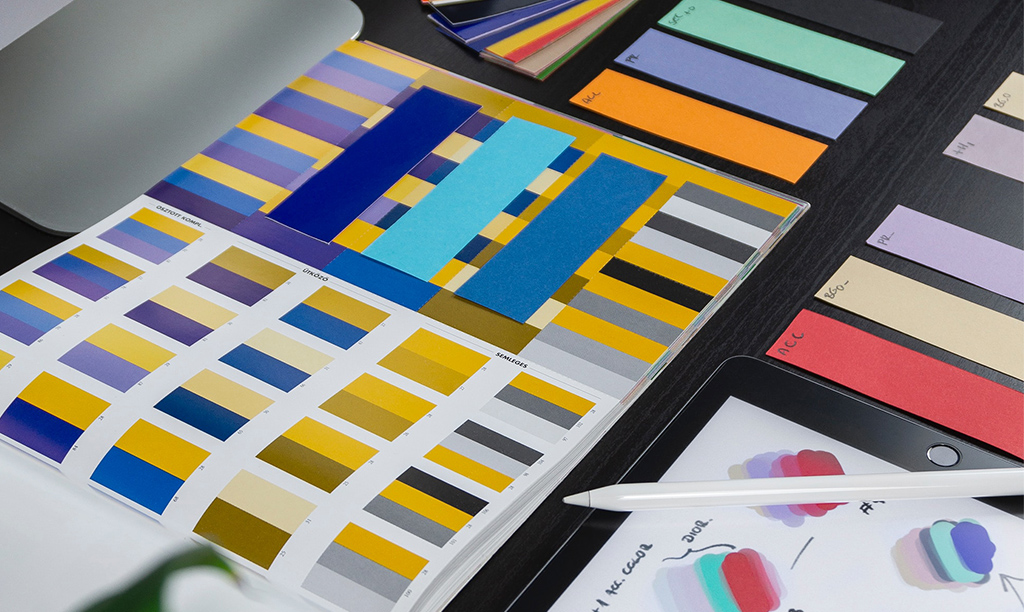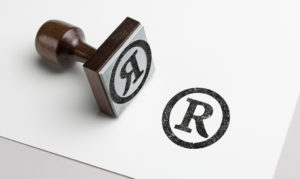Whiplash Team, January 12th 2024
Design in branding: a strategic investment
Design is not merely aesthetic; it is a strategic tool for building and strengthening a brand’s identity. From creating a first impression to establishing lasting emotional connections, it plays a vital role in the creation and maintenance of brand value.
The first visual experience consumers have with a brand is through design. Whether it’s a logo, a website, or product packaging, aesthetics, and style instantly communicate the brand’s identity. A positive first impression lays a solid foundation for brand perception, setting the tone for future interactions.
Moreover, in a saturated market where consumers face a daily onslaught of choices, distinctive and memorable design provides a competitive advantage by standing out from the crowd.
A unique visual identity not only attracts attention but also facilitates brand recall, increasing the likelihood of being chosen in future purchasing decisions.
Conveying the essence and identity of the brand
Visual elements, from color to typography, convey subtle messages that impact brand perception. Consistent and well-executed design creates a visual narrative that reinforces the brand’s identity, building trust and loyalty.
Furthermore, it extends beyond graphics; it is present throughout the value creation process, from product and service conception to packaging and marketing.
In the digital era, it is also a vital component of user experience (UX). Navigational ease, website aesthetics, and consistency across all digital touchpoints contribute to a positive experience.
Thus, user-centered design, from product conception to the brand’s website, not only enhances satisfaction but also fosters an emotional connection beyond transactions, generating long-term loyalty.
Direct impact on financial results
In the current context where visuals prevail, and consumers seek experiences rather than just products, design takes on transcendent importance. It is a strategic investment with a direct impact on financial results.
Various studies, including the Spain Design Index, which explores the impact and relevance of design in the Spanish economy, demonstrate that brands with solid design outperform competitors, experiencing growth in market share and consumer preference. In fact, the index, coordinated by the Forum of Renowned Brands and researched by Futurea, highlights that for 64.9% of companies, design has been relevant to their economic success.
Engaging and fruitful
Some examples of companies that have surpassed competitors through a strategic focus on design are:
- Apple: Innovation and elegance. Apple exemplifies how design can be a differentiating factor in the technology industry. From products to website and packaging, the brand has stood out for its minimalist, elegant, and innovative approach. The simplicity and consistency in design have significantly contributed to its success and customer loyalty.
- Nike: Energy and empowerment. Nike has masterfully used design to build a brand that conveys energy, dynamism, and empowerment. The famous “Swoosh” logo is an iconic example of simple yet powerful design. Consistency in visual identity and visually striking advertising campaigns have positioned Nike as a leader in the sportswear industry.
- Coca-Cola: Tradition and universality. Coca-Cola’s timeless design has played a crucial role in its global success. From the distinctive logo to color choices, the brand has maintained visual consistency over the years. The emotional connection with nostalgia and the universality of its design have contributed to Coca-Cola’s dominant position in the beverage industry.
- Google: Simplicity and functionality. Google has adopted a clean and simple design that reflects the essence of simplicity and functionality. From its search engine to applications, the brand has shown that clear and user-friendly design can be a key factor for success in the digital world. Consistency in user experience has solidified Google’s position as a leader in technology and online services.
- Tesla: Futurism and sustainability. Tesla’s design goes beyond electric vehicles and embraces a futuristic and sustainable approach. From the logo to vehicle design, Tesla has established a visual identity that communicates innovation and environmental awareness. This has contributed to the perception of Tesla as a pioneer in the automotive industry.
These companies demonstrate that design is a strategic investment that can differentially contribute to a brand’s success by creating a consistent visual identity, conveying specific values, and establishing emotional connections with consumers.




